This fantastic Spinosaurus dinosaur tooth measures 1 3/8 inches long is 100% natural. No repair or restoration has been done to this dinosaur tooth. The enamel preservation on this Spinosaurus tooth is exceptional.
Spinosaurus, a genus of theropod dinosaur that lived during the Late Cretaceous period, approximately 112 to 93.5 million years ago, is renowned for its unique adaptations and massive size. The name Spinosaurus, meaning “spine lizard,” is derived from the distinctive sail-like structure on its back, formed by elongated neural spines that could reach heights exceeding 5 feet (1.5 meters). This sail-like structure likely had multiple functions, including display, thermoregulation, or even assisting in propulsion through water. The Spinosaurus dinosaur was first described by German paleontologist Ernst Stromer in 1915, based on fossils found in Egypt’s Bahariya Formation. Unfortunately, these original fossils were destroyed during World War II, leading to a significant gap in the understanding of this dinosaur.
One of the most striking features of the Spinosaurus dinosaur is its immense size. Estimates suggest that it could reach lengths of up to 50 feet (15 meters) or more, making it one of the largest theropod dinosaurs ever known. Its long, narrow skull, reminiscent of a crocodile’s, is lined with conical teeth adapted for catching fish and other aquatic prey. This, coupled with its unusually large and robust forelimbs equipped with sharp claws, suggests that Spinosaurus had adaptations for an aquatic lifestyle, possibly using its arms for catching prey underwater or for propulsion in water.

Spinosaurus’ sail-like structure has been a subject of much speculation and study. Some researchers suggest that the sail could have been used for display, helping Spinosaurus attract mates or intimidate rivals. Others propose that it may have played a role in thermoregulation, allowing Spinosaurus to absorb heat from the sun or dissipate excess heat. Additionally, recent studies have suggested that the sail could have helped Spinosaurus maneuver in water, acting like a keel on a boat, providing stability and aiding in steering.
Spinosaurus inhabited a lush, riverine environment, as evidenced by fossil discoveries in the Kem Kem beds of Morocco. The Kem Kem beds were once a thriving river system teeming with diverse aquatic and terrestrial life, including giant fish, crocodilians, and other dinosaurs like Carcharodontosaurus and Deltadromeus. The unique adaptations of Spinosaurus, such as its dense bones for buoyancy and nostrils positioned near the top of its skull for breathing while partially submerged, indicate a highly specialized aquatic predator.
The discovery of Spinosaurus fossils in the Kem Kem beds has provided valuable insights into the ecology and behavior of this unique dinosaur. Studies of the fossilized remains have revealed evidence of pathology and injury, indicating that Spinosaurus, like modern animals, experienced injuries and illnesses during its lifetime. Furthermore, the presence of fossilized fish scales and bones in the stomach region of some Spinosaurus specimens suggests that it was indeed a formidable aquatic predator, supporting the theory that it primarily fed on fish.
Recent discoveries and studies have also shed light on the social behavior of Spinosaurus. Fossil evidence, such as multiple individuals found in close proximity, suggests that Spinosaurus may have lived in groups or exhibited some form of social behavior. This is further supported by the discovery of juvenile Spinosaurus fossils, indicating that they were cared for by adults, similar to modern social animals.
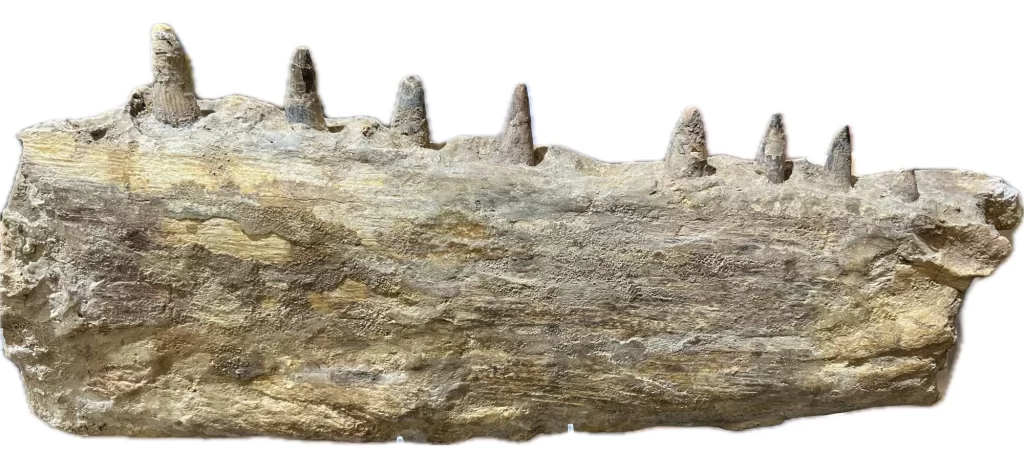
The paleoenvironment of the Kem Kem beds during the Late Cretaceous was vastly different from what we see today. The region was characterized by extensive river systems, lush vegetation, and a warm, humid climate. The presence of Spinosaurus, along with other dinosaurs and diverse flora and fauna, paints a picture of a thriving ecosystem supported by the abundant water sources of the time. Understanding the paleoenvironment of the Kem Kem beds is crucial for reconstructing the ancient world and understanding the ecological dynamics that shaped the evolution of Spinosaurus and other organisms of the time.
The diet of Spinosaurus is believed to have primarily consisted of fish, given its anatomical adaptations suited for catching aquatic prey. However, it may have also scavenged or preyed upon other dinosaurs and animals near the water’s edge. The Kem Kem beds provide a valuable window into the paleoenvironment of North Africa during the Cretaceous period, showcasing a vibrant ecosystem supported by extensive river systems and lush vegetation.
Prehistoric 101 (Learn about fossils, minerals, and meteorites)
What is a Spinosaurus?
Spinosaurus: The Giant of Kem Kem?
Discovering Prehistoric Life and Fossils


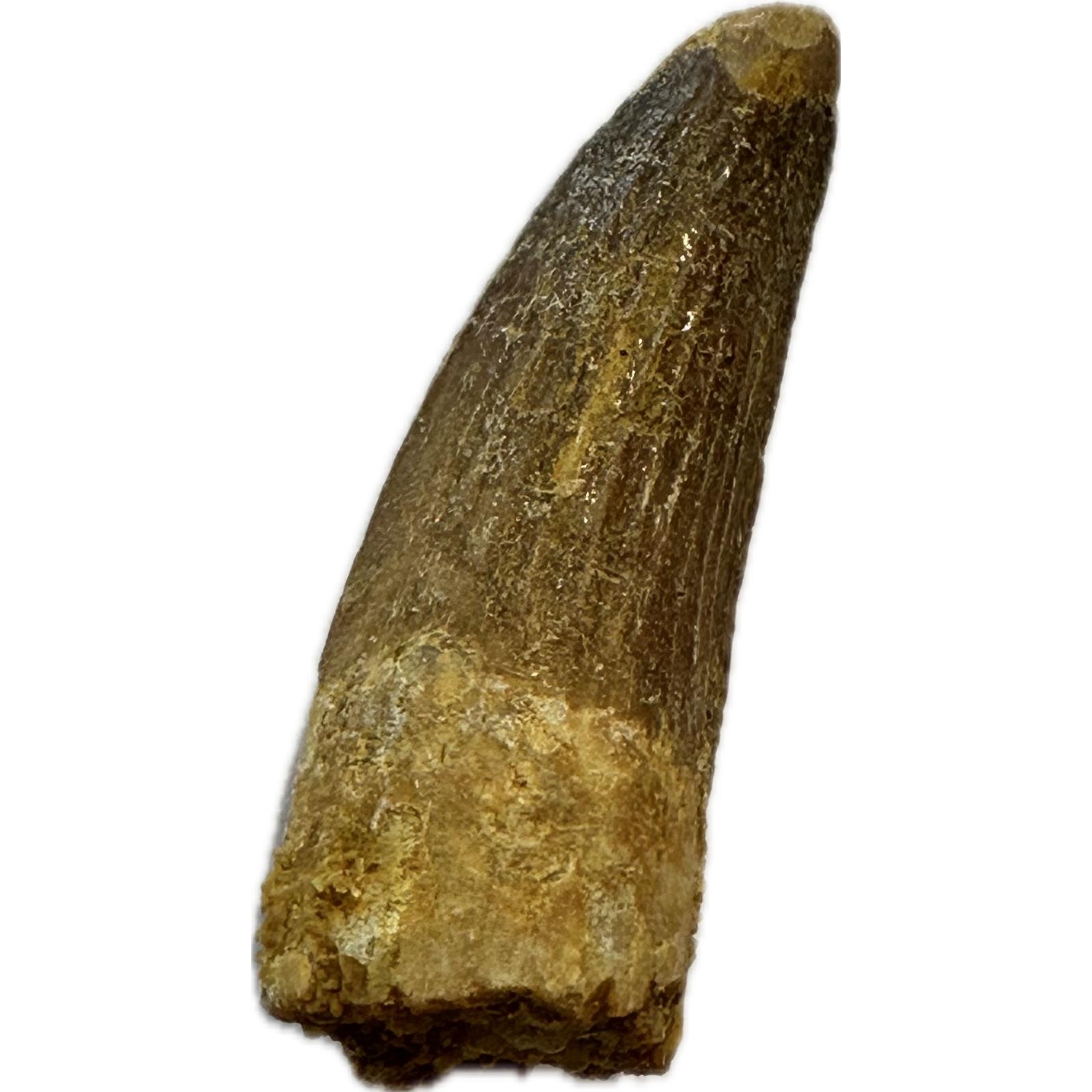










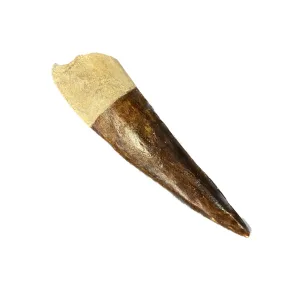
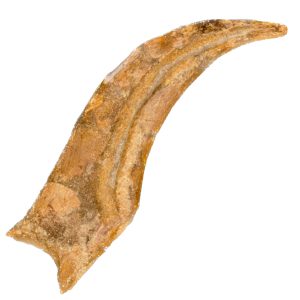
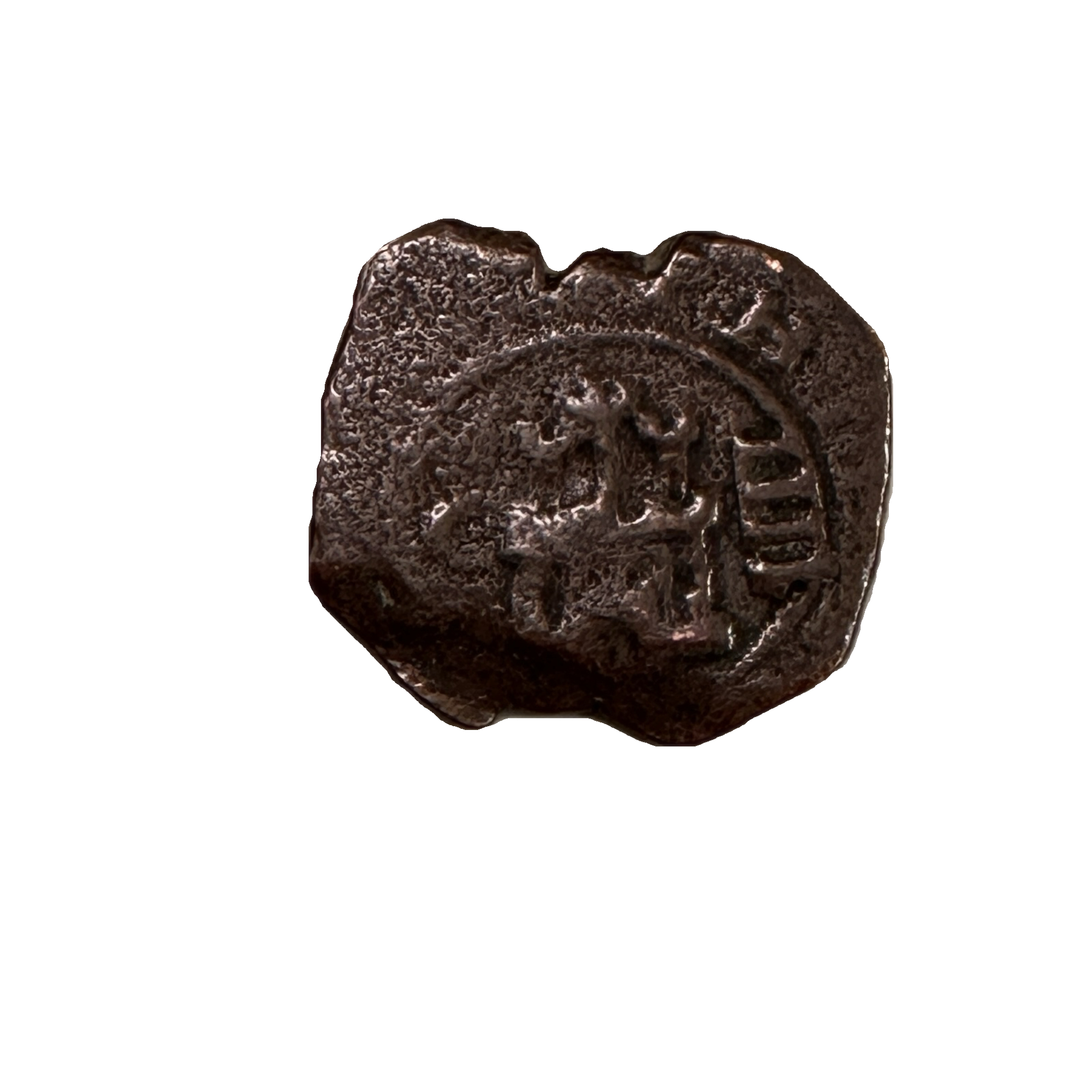
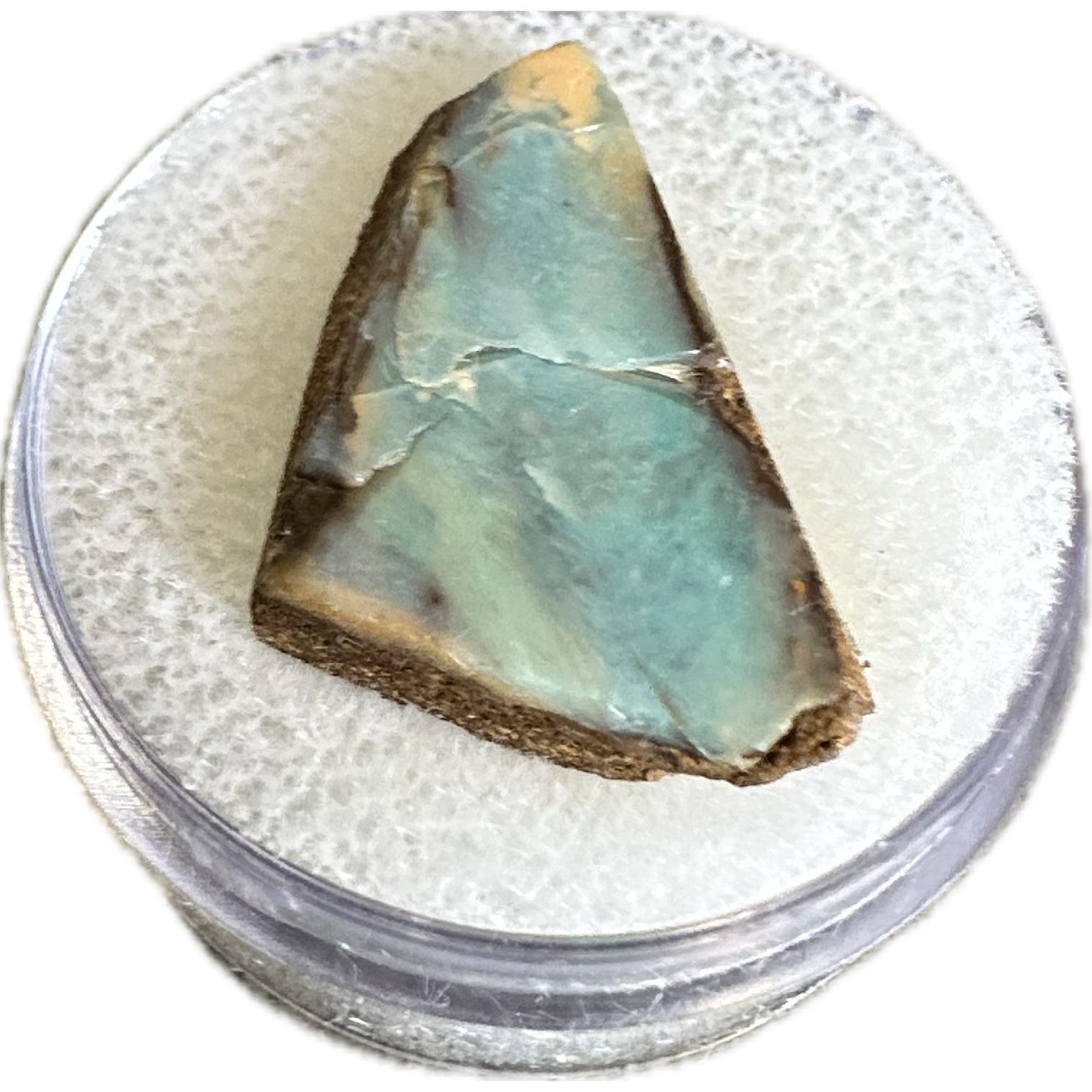
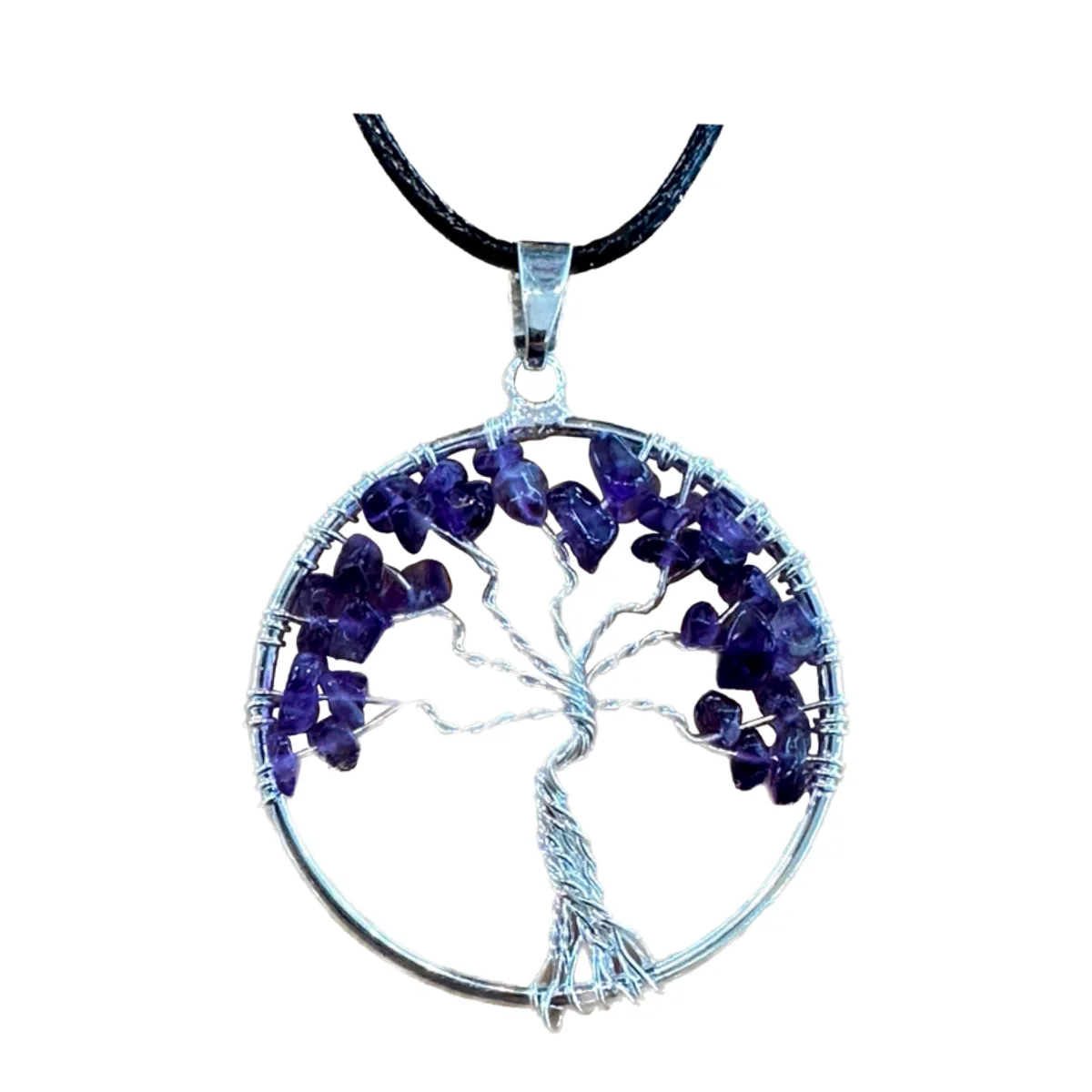
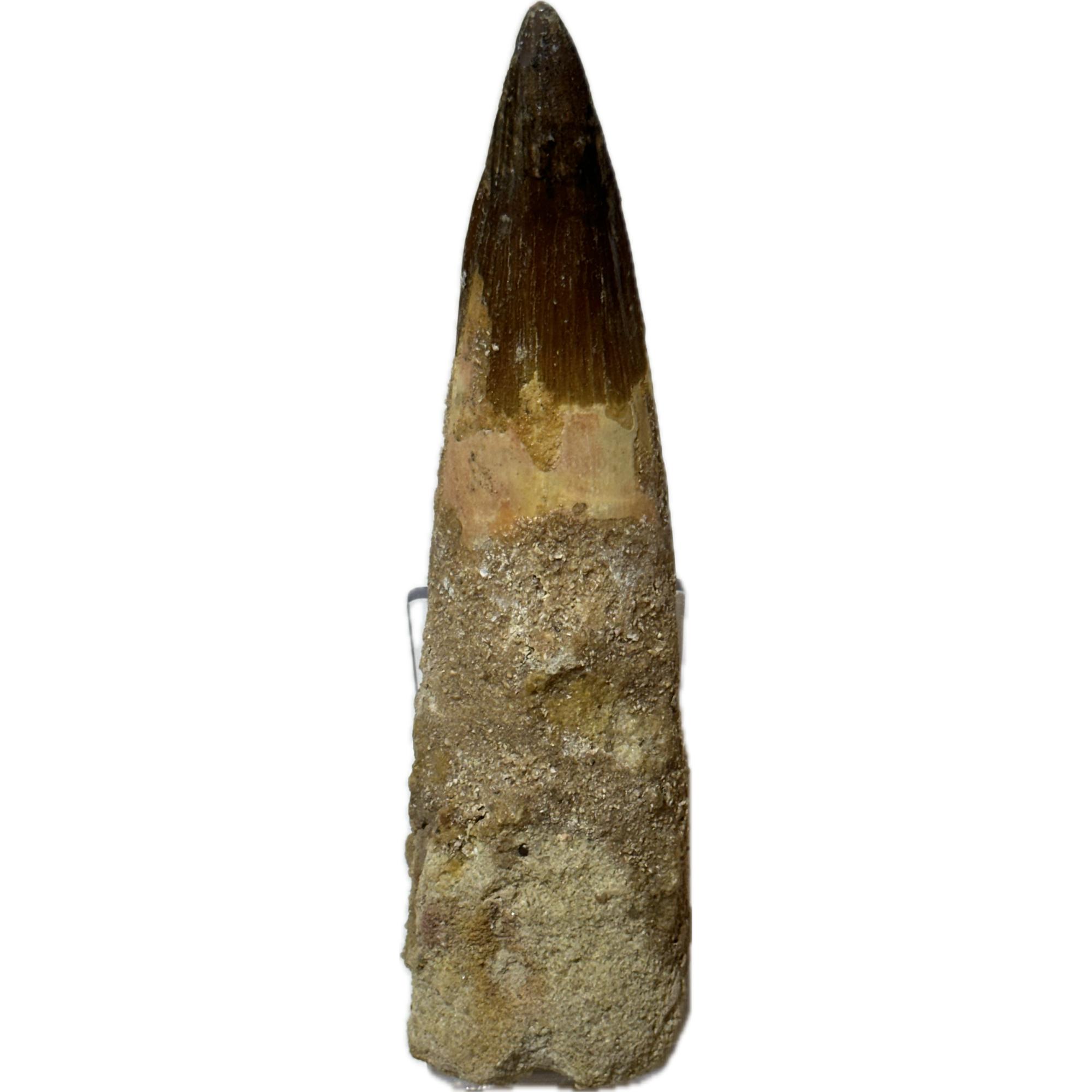

Reviews
There are no reviews yet.